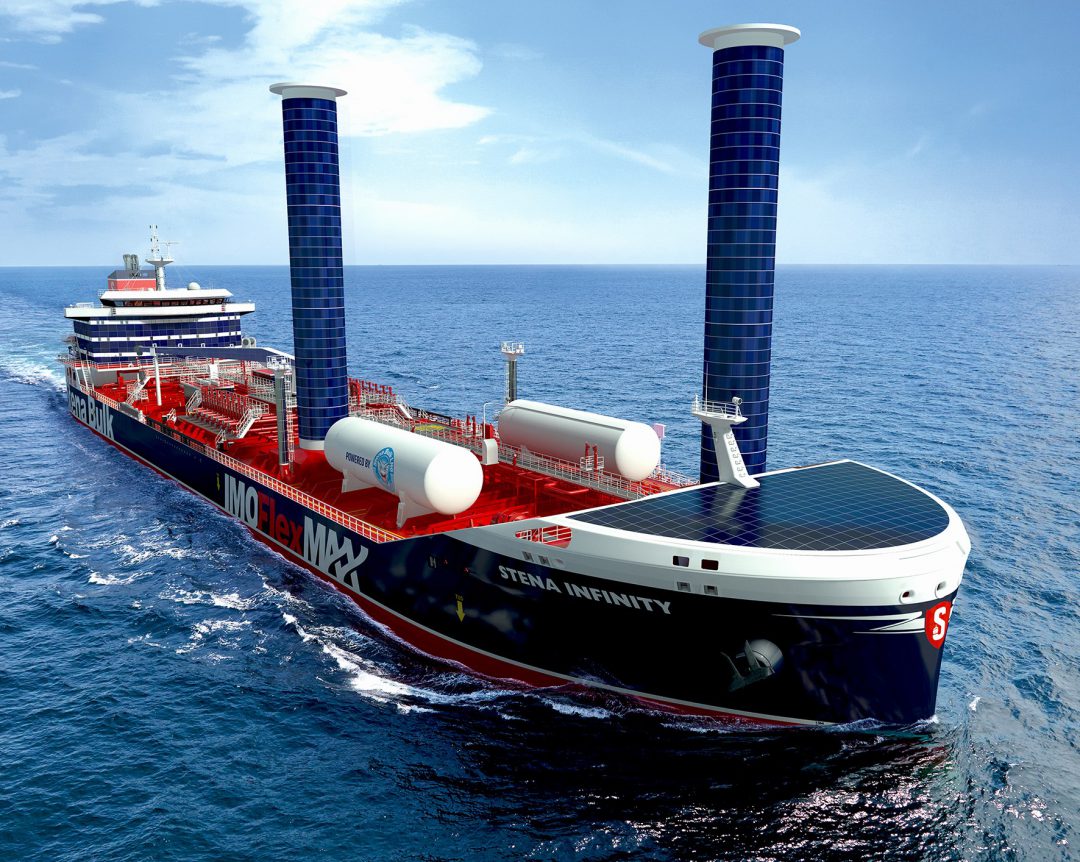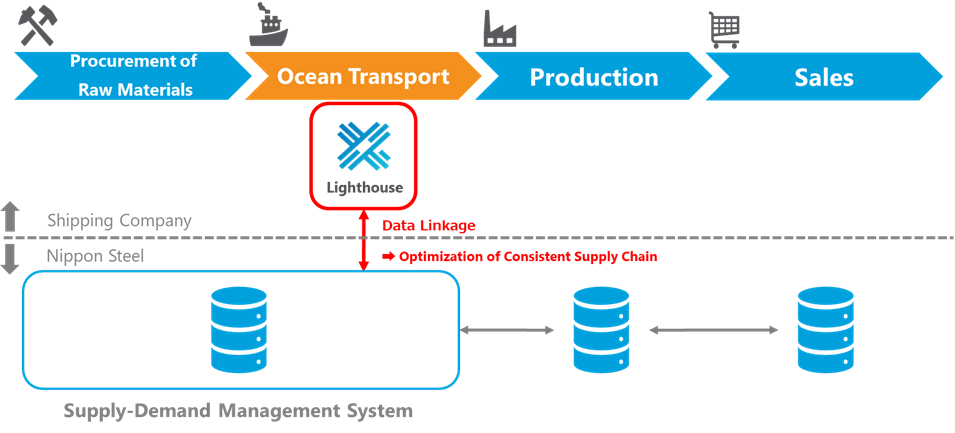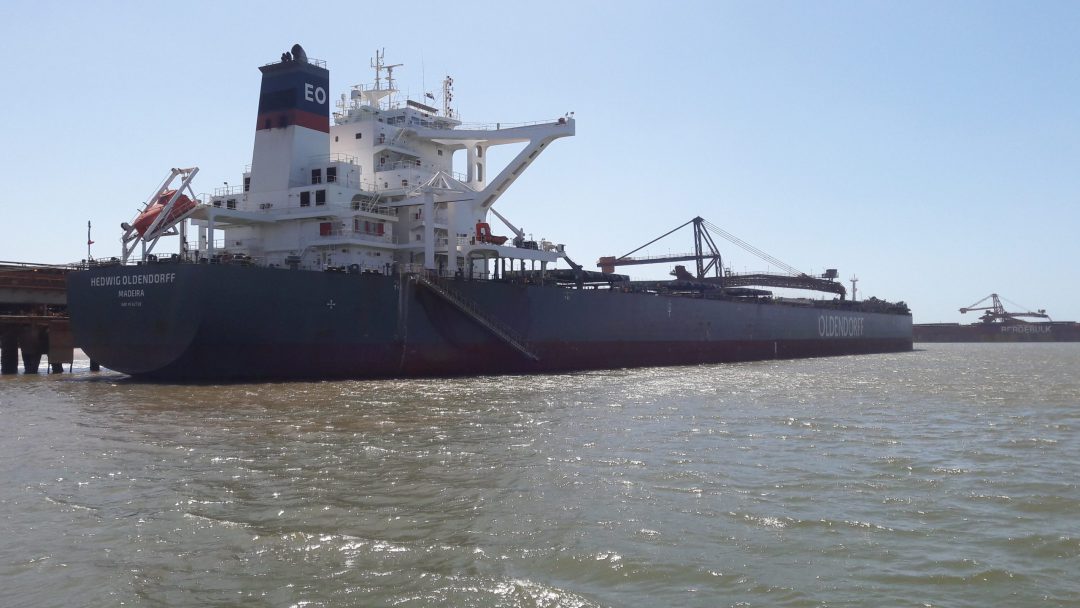Stena Bulk is presenting a prototype of the next-generation product and chemical tanker, the IMOFlexMAX , which will be able to reduce greenhouse gas emissions by more than 25% compared to modern product tankers.
The vessel, designed by Stena Bulk to meet the current and future needs of liquid bulk shipping, is a further development of our current IMOIIMAX design; best in class in terms of performance and with a design based on two major objectives – flexibility and efficiency.
“The world’s need for reliable, innovative and sustainable transportation of liquid products is increasing and it will continue to do so as the world’s population grows and global living standards continue to improve,” says Erik Hånell, President & CEO at Stena Bulk.
IMOFlexMAX will lead the way towards a sustainable future as one of the most energy-efficient product and chemical tankers on the market. It has been designed by world-class naval architects at sister company Stena Teknik and is based on 40 years of tanker shipping experience.
From hull design to vessel propulsion, these ships will incorporate the latest technology, setting a new standard for the global tanker industry. The vessels will be equipped with Flettner rotors and solar panels to harvest energy from wind and sunlight.
They will be powered by efficient dual-fuel engines that can run on LNG as well as conventional low-sulfur fuels using today’s newest technology, but also open the way for further development of alternatives with consideration to trade lanes and customers’ expectations.
The basic concept of the IMOFlexMax will allow us to dramatically reduce local SOX, NOX and particle emissions, as well as greenhouse gas emissions. With the combined fuel and energy efficiencies, we will be able to reduce greenhouse gases by at least 25 % with a potential to reach up to 45 % compared to modern product tankers run by low-sulfur fuel oil.
With IMOFlexMAX vessels, which can be built today with existing and proven technology and other solutions, Stena Bulk is taking a major step forward in bringing shipping in compliance with the Paris Agreement and the UN’s Sustainability and Development Goals.
“The plan is for the IMOFlexMAX vessels to be deployed in Stena Bulk’s logistics system in the global market along with the IMOIIMAX. The IMOFlexMAX vessels will constitute an important asset for Stena Bulk, as well as for its partners, in strengthening our position as the market-leading, cross-trading specialists in the MR segment with increased efficiency and reduction of greenhouse gases.
The prototype is one step further in Stena Bulk’s vision of being our customers’ first choice for safety, innovation and performance in the transportation of oil, chemicals and gas,” says Erik Hånell.

























